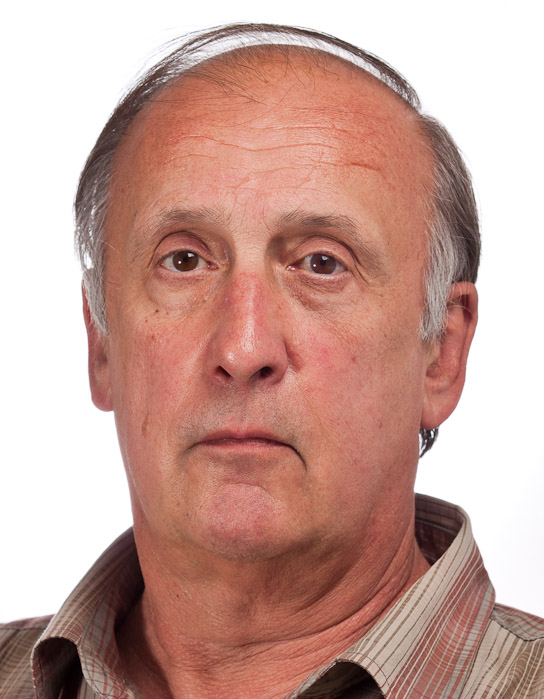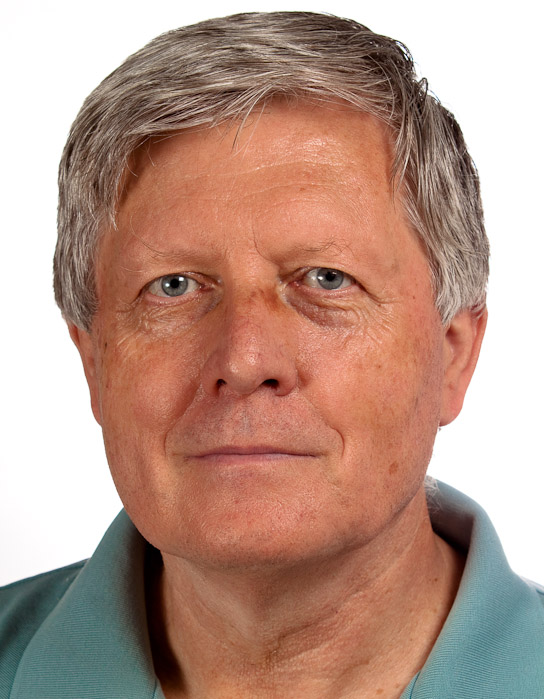Zajednički odjel za elektroničke elemente / poluvodičke integrirane sklopove i Skupina doživotnih članova Hrvatske sekcije IEEE poziva sve zainteresirane na predavanje pod naslovom:
"THz technology, applications, and research directions"
koje će u ponedjeljak 24. svibnja 2010. u 13 sati u seminarskoj prostoriji D306 Zavoda za elektroniku, mikroelektroniku, računalne i inteligentne sustave na FER-u, održati Branimir Pejčinović, profesor na Portland State University, SAD.
Abstract
The Terahertz (1 THz= 1012 Hz) region, or so-called “THz-gap,” of the electromagnetic spectrum has historically been the least explored. It is located between 0.1 and 10 THz, or 3mm and 30μm in wavelength. THz waves have many features that hold promise for future applications, e.g.: safe and clean non-ionizing and low-power medical imaging; strong chemical spectral signature, allowing identification of constituents such as drugs, explosives, and water content; sensitivity to microscale material features; ability to penetrate through many occluding materials. However, strong absorption by water and oxygen means that some applications may face big challenges.
More powerful and practical sources of THz signals are slowly closing the infamous “THz gap” and recent development of commercial THz time-domain spectroscopy (TDS) systems and continuous wave (CW) vector network analyzers (VNA) have made the THz-gap more readily accessible to the scientific community. Arguably, we are seeing the first phase of commercialization of various applications in this region of the EM spectrum. Few of present-day and potential future application areas include:
• Medical Diagnostics: skin diseases, gene sequencing
• Bio-chemistry: composition of biomaterials, spectroscopy, molecular binding states
• Security: explosives detection, imaging through dust and smoke, hidden weapons
• Solid-State physics: (nano)materials spectroscopy
• Electronics: ultra high speed circuits
• Non-destructive testing: food, manufacturing
• Astrophysics: molecular spectroscopy, atmosphere sensing from satellites
Attendees will learn about fundamental properties of THz radiation and how it interacts with various materials, including bio-medical molecules and samples, explosives, semiconductors and gases. Measurement techniques and practical problems will be discussed. Design of sensors and their application in various fields will be examined.
Biography
Branimir Pejcinovic received Dipl.-Ing. degree from University of Zagreb, and M.S. and Ph.D. degrees from University of Massachusetts, Amherst. He is an Associate Professor and Associate Chair for Undergraduate Education at Portland State University, Electrical and Computer Engineering department. He is also a co-director of IC Design and Test Lab, a unique facility for digital, mixed-mode and high-frequency test and characterization of ICs. His research interests are in the areas of semiconductor device characterization, design and simulation (including SiGe BJTs, GaAs FETs, strained-SOI CMOS, low-bandgap FETs and avalanche photodetectors) as well as signal integrity. Most recently he helped establish a THz measurement facility at PSU and is pursuing research in THz applications, including a development of novel sensors that integrate
THz and nano-material technologies. THz lab at PSU, under prof. L. Zurk’s leadership, also performs state-of-the-art research in detection of explosives and scattering of THz radiation. He was a Technical Program Committee co-chair for two conferences: International Conference on Electronics, Circuits and Systems (ICECS) 2002 and MELECON 2004, as well as a guest editor for special issues of Analog Integrated Circuits And Signal Processing journal and Telecommunication Systems Journal. He also served on the Technical Program Committee for International Microwave Symposium.


